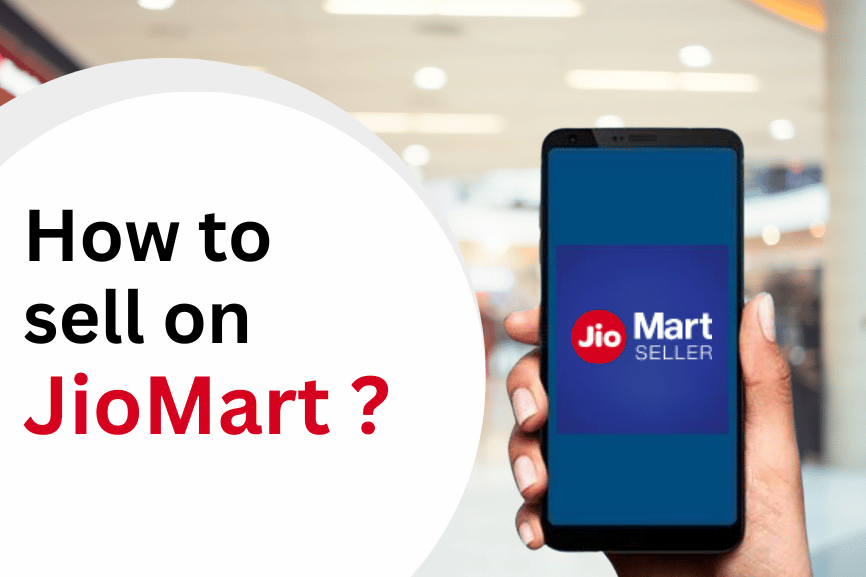Not Sure How to Make Your Business Stand Out? Here’s How to Shine
In a crowded market, your business needs to stand out. If you’re blending in, it’s time to rethink your branding and marketing. A strong strategy will help you get noticed, build trust, and grow. But where should you start? Here are five simple ways to gain a competitive edge. 1. Define What Makes You Unique Your Unique Selling Proposition (USP) is what sets you apart. Without it, customers may struggle to see why they should choose you. So, ask yourself: What makes your products or services different? How do you solve customer problems better than others? What is your brand’s mission? Once you know your USP, share it everywhere—on your website, social media, and marketing materials. This will help customers understand why they should choose you over the competition. 2. Build a Strong Brand A brand is more than just a logo. In fact, it’s how people see and remember you. To create a strong brand, you should: Use the same colors, fonts, and style across all platforms. Develop a unique and consistent brand voice. Share your story in a way that connects with people. As a result, customers will recognize and trust you more easily. 3. Use Digital Marketing to Get Noticed The right marketing strategy helps you reach more people. That’s why it’s important to focus on: SEO – Use the right keywords so customers can find your website easily. Social Media – Engage with your audience on platforms like Facebook and LinkedIn. Content Marketing – Share useful blogs, videos, and infographics regularly. Paid Ads – Invest in Google Ads and social media ads to attract customers faster. By using these strategies, you can improve your online presence and drive more traffic. 4. Prioritize Customer Experience People remember how they are treated. That’s why providing great service is so important. To improve customer experience, you should: Offer fast and helpful support whenever needed. Personalize your services to make customers feel valued. Ask for feedback and take action to improve. As a result, happy customers will return and recommend you to others. 5. Build Strong Relationships Networking can open new doors. Therefore, it’s a good idea to: Attend industry events to meet potential clients and partners. Partner with others to expand your reach. Join online business groups to stay connected and learn from experts. By building strong relationships, you can create more opportunities for growth. Final Thoughts If you’re struggling to stand out, don’t wait any longer to take action. Define your USP, build a strong brand, focus on digital marketing, improve customer experience, and network with others. These steps will help you gain an edge over your competition. Want to grow? Start using these strategies today! Need help with branding or marketing? Let’s find the right solution for you.
Not Sure How to Make Your Business Stand Out? Here’s How to Shine Read More »





